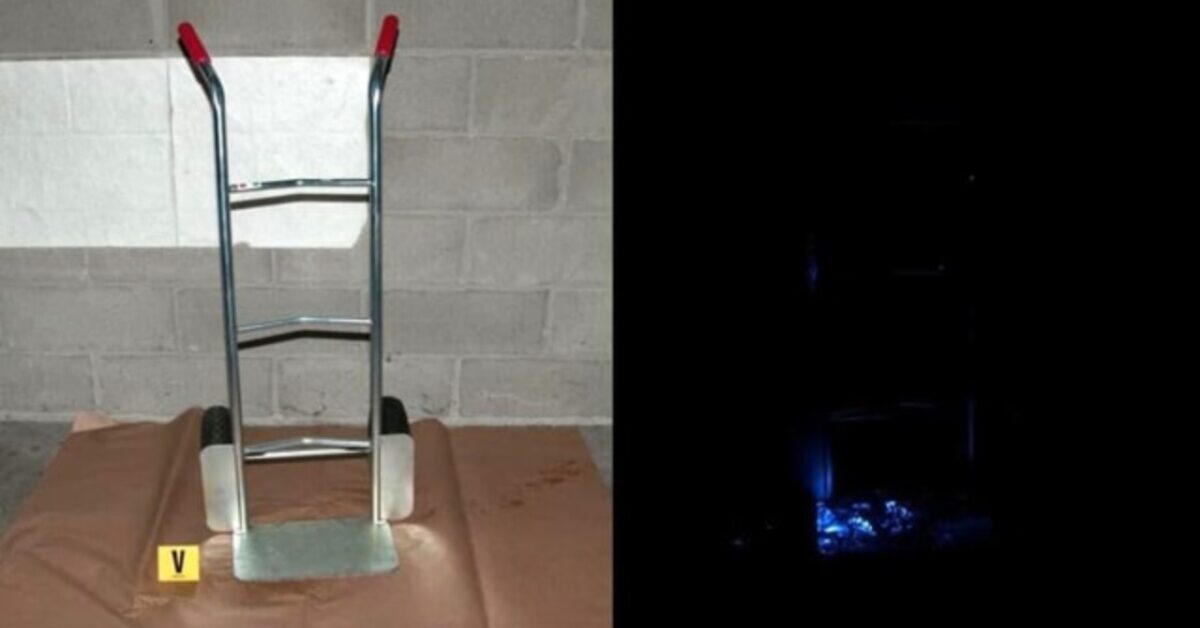What is the link between a carbon brake disc and a pencil? Theoretically none, but in reality there is a trait d’union called Nanoprom Chemicals Benefit Group. Gianluca Falleti once again breaks the mold in the field of composite materials: after the provocation of the first jacket in the world made entirely of carbon, he presented at the JEC Forum Italy in Bologna, the first P3E40 pencil made from a carbon-carbon brake disc of Formula 1.
The idea is brilliant if you associate it with sustainability: a way has been found to reuse a material which until now, finding no purpose for other fields of application, was inevitably destined for disposal as waste to be reprocessed with onerous processes.
The carbon-carbon discs that are mounted on the Formula 1 single-seaters are subjected to thermal stress and extreme performance given that the drivers reach top speeds of over 330 km/h and in braking the disc can reach temperatures close to 1,200 degrees, becoming incandescent.
With all the stresses to which a disc is subjected, the life of a disc is limited so the teams have so far been forced to send them for disposal, with an inevitable environmental impact both in terms of management and process.
Thanks to the intuition of Gian Luca Falleti, founder of Nanoprom, and the creativity of Michael Robinson, car designer famous for his futuristic vision, a collectible pencil is now born.
After a Grand Prix, the brake disc has the ability to write by leaving a line on a sheet of paper like a normal graphite lead. The peculiarity is to give a second life to an object that otherwise would have become a waste to be disposed of, transforming itself into a high-tech pencil in an exclusive design.
Nanoprom contributes to the circular economy in an innovative way: each brake disc makes it possible to obtain, by means of mechanical processing, a well-defined number of pencils, which varies according to the design.
Each pencil is subsequently coated with Polysil©, the patented nanotechnological coating that follows the structure of the material without changing its morphology, guaranteeing practicality, safety and durability in use. The very thin layer of glass (a few microns) chemically and electrically insulates the structure, implementing the tactile feeling for agile and fast writing.
Always sensitive to the issues of sustainability and the circular economy, Nanoprom, the research center of the Emilia Romagna High Technology Network, once again demonstrates the infinite applications of cold vitrification as an enabling technology for the green transition.
The ambitious P3E40 project envisages the recovery and reuse of the brake disc at 100%: every waste deriving from mechanical processing is recovered and destined for other “circular” purposes: the shavings are not only used for making mines, but the Carbon powder is an additive for cold vitrification, for purposes already known in the field of competitions.
#carbon #pencil #Formula #brake #disc








